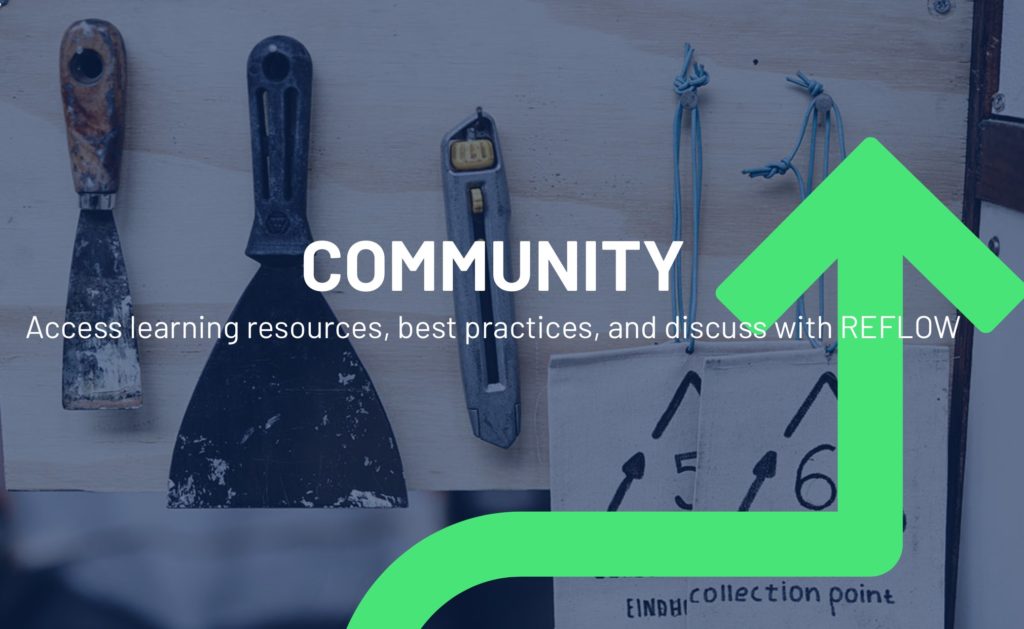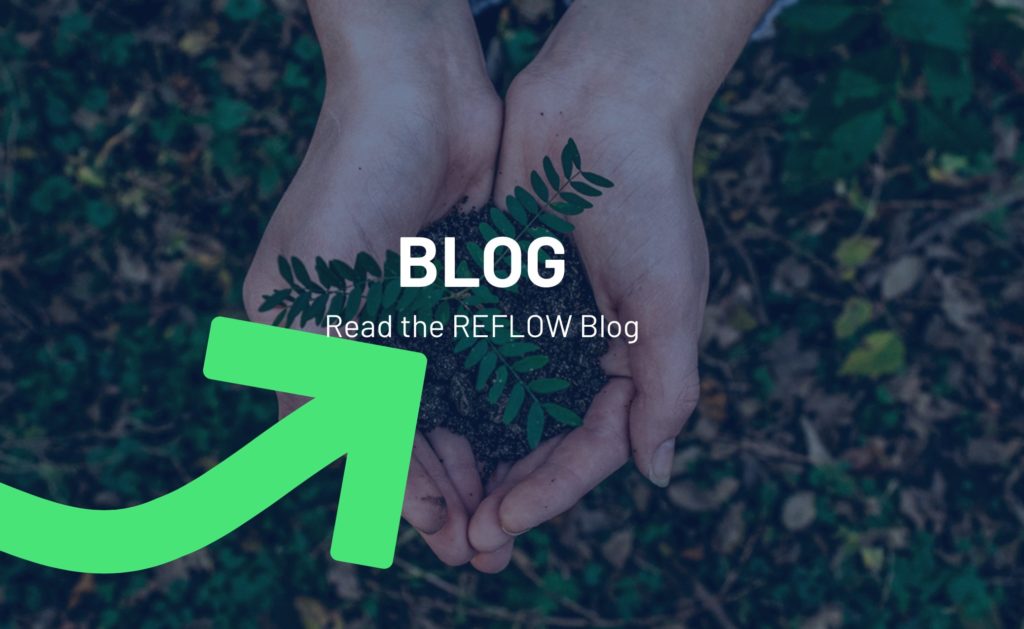A starter kit to design circular and regenerative cities
A 10 minutes read to dive into the REFLOW project
WHAT IS AT STAKE?
Today, over 55% of the global population lives in cities. These hotspots of innovation, culture and collaboration account for 85% of global GDP generation.
Despite occupying just 2% of the Earth’s surface, the impact of cities spans far beyond their boundaries. Cities generate massive impacts locally and globally, socially and environmentally. Cities are aggregators of materials and nutrients, accounting for 75% of natural resource consumption, 50% of global waste production and 60 to 80% of greenhouse gas emissions.
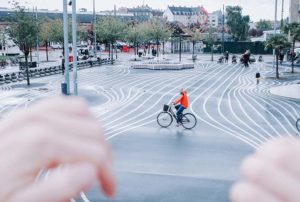
Source: Death Liu – Unsplash

THE NEED FOR A CIRCULAR ALTERNATIVE
A circular economy is an alternative to the present-day dominant linear industrial model of design, produce, purchase, consume and dispose.
A circular model aims to redefine growth and generate positive societal and environmental impact. It entails a transition from using finite resources, to using renewable ones (designing the concept of waste out of the system), while building economic, natural, and social capital. Although starting from material resources as a point of departure, the focus of the circular economy gradually extends beyond issues related to material management and covers broader aspects such as social impact and the evolution of urban governance structures. The social components of a circular economy are fundamental to consider within the transition.
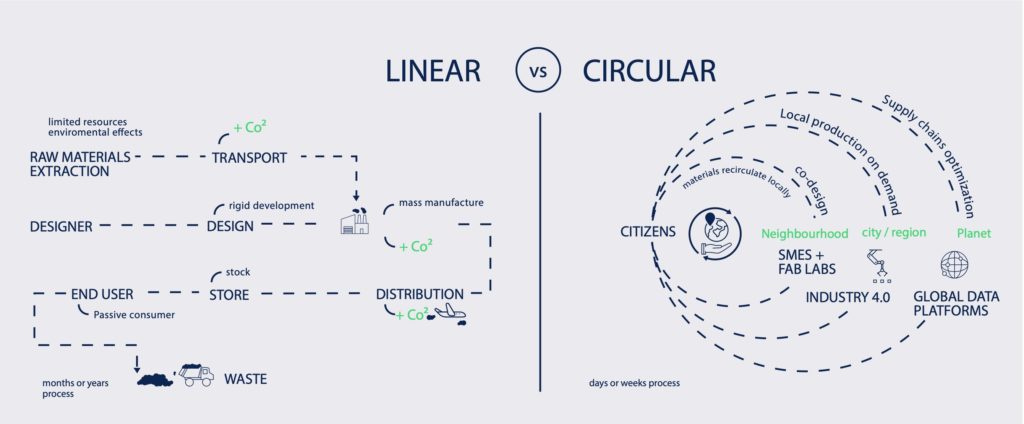
Source: REFLOW white paper

CIRCULAR PRINCIPLES AT CITY LEVEL
At a city level, circular economy provides a framework to rethink systematically, the social, environmental and economic complexities that currently poison sustainable urban growth.
Specific circular principles can guide us to make cities more circular:

OBSTACLES AND BARRIERS FOR CITIES IN TRANSITION
The transition from linear to circular economy is a complex task.
Circular economy relies on stakeholder action at multiple stages of the transition process. Several barriers currently hinder cities to move forward

CO-CREATING CIRCULAR AND REGENERATIVE RESOURCE FLOWS IN CITIES
REFLOW seeks to understand and transform urban material flows and to co-create and test circular and regenerative solutions at business, governance and citizen levels.
The project builds upon the concept of ‘urban metabolism’, which seeks to understand urban contexts through the lens of biological systems and technical processes. In biology, the synthesis of proteins is considered a constructive metabolic process. In urban sciences, the city dynamics that make up the urban metabolism are defined by the flow of materials, information, and the distribution of activities, making cities the most complex systems ever created by humans.
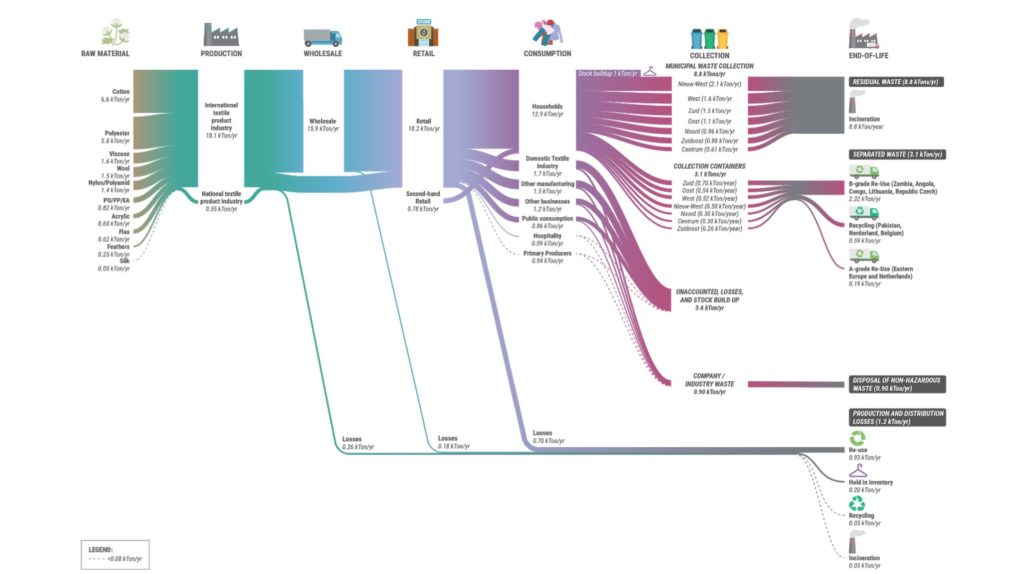
Source: Metabolic (2020)
Under the current urban paradigm, cities consume more resources than they produce and the synthesis of energy, food and materials for urban areas degrades, discards or pollutes the environment. In this context, REFLOW aims to provide viable practices aligning public and private actors’ interests to enable an effective and meaningful transition to circular and regenerative cities, contributing in turn to the achievement of the Sustainable Development Goals (SDGs). Activities spanning design and testing of new business models, experimentation with novel technologies and data visualization tools, urban metabolism analysis, citizen engagement, capacity-building and development of collaborative governance prototypes form the backbone of the REFLOW action for the transition to circular and regenerative cities.

REFLOW BUILDING BLOCKS
Creating and implementing a circular and regenerative city vision is a complex process and requires an interdisciplinary perspective.
REFLOW approaches these objectives through 7 interconnected building blocks:

WALKING THE TALK AT CITY LEVEL
REFLOW methodology is tested and implemented in 6 European cities and focus on specific city challenges.

SO WHERE SHOULD I START?
Discover the REFLOW KNOWLEDGE HUB
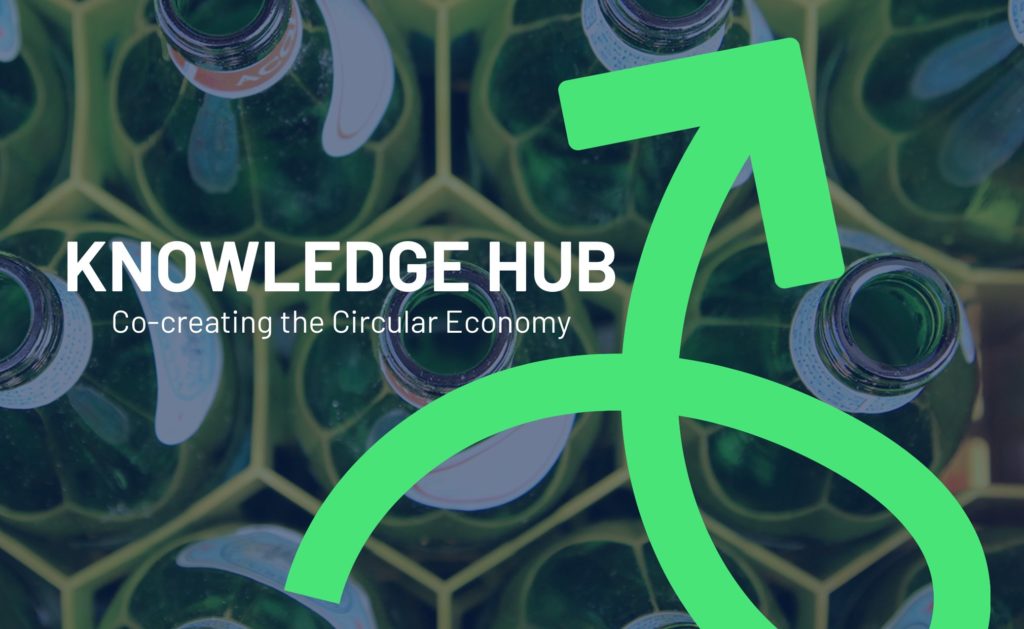
The REFLOW Knowledge Hub is where you can find methods and resources about the process of becoming a circular, regenerative city. The Knowledge Hub, being developed over the lifetime of the project and based on project outputs and building blocks, organises resources in a four-step circular design thinking transition process: understand, define, make, release. Download the REFLOW Handbook, the Circular Principles & Indicators, the Cities’ Circular Action Plan. You can also browse the REFLOW Handbook on Gitbook.
Join the REFLOW community
REFLOW community is the platform for cities, businesses and citizens to explore, share and implement circular practices and strategies to tackle urban challenges. By encouraging knowledge exchange and co-creation, we aim to fuel multi-stakeholder collaboration and innovation. Discuss with the community on the forum, browse through our circular resources of key reports, podcast and e-courses, discover best practices around city policies, circular business models and citizen engagement.
Stay informed
Read the latest about circular economy in cities in our REFLOW Blog. Keep track of the progress of the project by registering to our newsletter. Follow us on social media!
